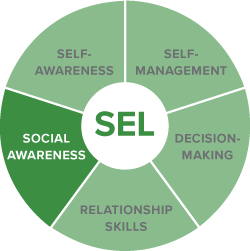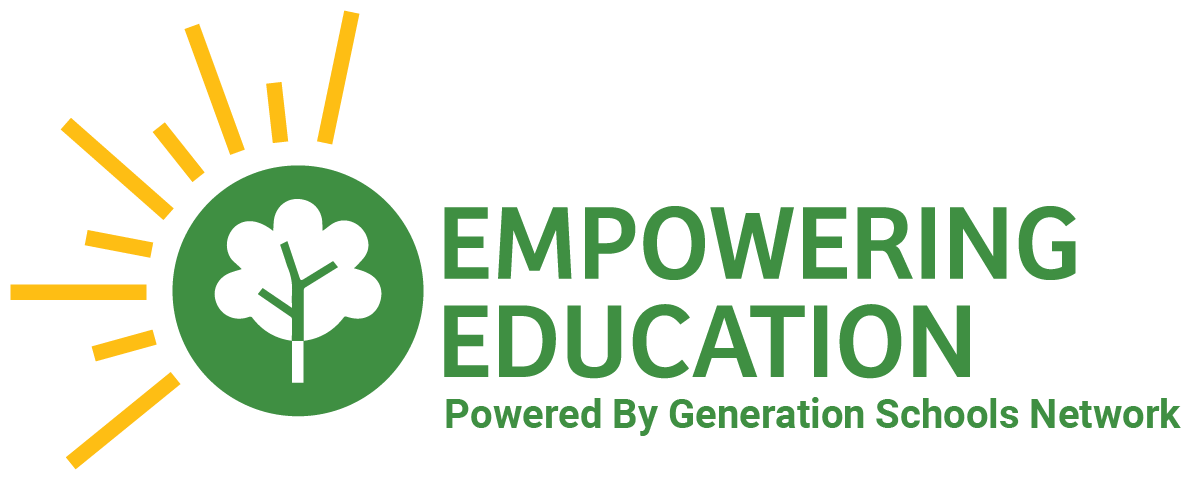Locked Content
Unlock this lesson plan by becoming a paid member. Existing members, please log in.
Students will understand what bias and diversity are.
By the end of the lessons, students will be able to:
- Define diversity and bias
- Understand the importance of embracing diversity
- See the similarities and differences in their classroom
We live in a diverse world. Children as young as two years old start noticing differences in those around them. Thus, it is important we explicitly teach students about diversity and bias from an early age. When youth learn to respect and value all people, no matter the similarities or differences, they are able to feel more connected to others, have higher levels of social awareness, and create stronger relationships.
The lesson starts with a mindfulness practice in which students connect with their pulse.. You then lead an introductory activity in which students receive an item (we recommend different colors of cut out shapes) and form groups based on the item they receive. Students tend to form groups with those who have the same shape or color, but what about creating diverse groups? Terms are defined and then students participate in one of two activities. Option one is a community circle where a ball of yarn is passed, connecting classroom similarities and differences; option two is a game in which students make groups based on similarities and
differences that the teacher calls out. Discussion questions are built into each activity. Students end by reflecting in their journals on the diversity in their classroom.
This lesson requires a good amount of modifications. Skip the introduction activity but make sure to define the terms (diversity and bias) using the slides. The activity options work best in-person, so use our suggested modifications based on your delivery.
For the Mindful Moment, have students turn off their cameras. After defining terms, lead a brief discussion on diversity, what diversity means to your students, and why they think diversity is important. Next, show the video found in the lesson variation and have students either create their own self-portrait or a Name Poem found under the additional activity. Once the activity is finished, students can share their drawing or poem with the class with their cameras on.
After defining terms, share why diversity is important (see this article for some inspiration: How Diversity Makes us Smarter). Next, show the video found in the lesson variation and have students either create their own self-portrait or a Name Poem found under the additional activity.
CASEL Competencies
Social awareness: The abilities to understand the perspectives of and empathize with others, including those from diverse backgrounds, cultures, & contexts. This includes the capacities to feel compassion for others, understand broader historical and social norms for behavior in different settings, and recognize family, school, and community resources and supports.


